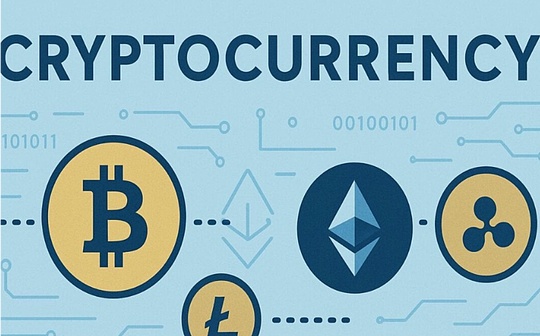
Source: Grayscale; Compilation: Tao Zhu, Bitchain Vision
Pledge rewards can become a non-associated source of income, thereby enhancing the total return on investments in Proof of Stake (PoS) blockchain tokens.
Traditional sources of investment income, such as bond coupon payments, are closely related to central bank policies and economic conditions.Although in traditional markets there are some ways to diversify through alternative income-generating strategies, most options have similar correlations with economic cycles.Staking rewards—the income obtained by helping validate blockchain transactions—represents a unique potential source of income that has nothing to do with the actions of the Federal Reserve or overall economic performance.
Staking enables token holders to participate in network consensus and security and receive protocol native rewards (i.e. income denominated in ETH or SOL rather than fiat currency).The incentive mechanism that drives pledge behavior is structurally different from traditional income tools, which provides a blockchain-native income mechanism in the digital asset portfolio (for more background information on pledge, seeFrom miners to stakers: How to ensure the security of Ethereum blockchain”).
Unrelated benefits
The yield on pledge is controlled by protocol-specific parameters and network layer participation rates, rather than the conditions of the US dollar currency market.Therefore, yields differ from traditional fixed income yields in terms of level and time.
For example, in the top 20 Proof of Stake (PoS) digital assets, the median pledge yield has been higher than traditional fixed income benchmarks such as federal funds rates or benchmark investment grade corporate bond yields.Since 2019, the median annualized yield of pledge yield has been fluctuating between 5% and 10% (Figure 1).
Figure 1: The return on pledge has nothing to do with the return on fixed income

Pledge rewards also show low or even negative correlations with traditional interest rate tools.In terms of monthly changes since 2019, the median pledge rewards in our sample have the following correlations with traditional benchmark interest rates:
-
The rate relative to the federal funds is -0.67
-
Relative to the 10-year Treasury yield is -0.71
-
Corporate bond yield relative to the United States is -0.76
This interest rate independence increases the potential value of pledges in multi-asset portfolios, which not only provides the potential for income diversification but also reduces associated risks compared to traditional fixed income tools.
Higher total return, equal risk
Staking is a mechanism that potentially increases total returns while only slightly increasing portfolio risk (through various operational risks, as described below).Pledge rewards are paid in native blockchain tokens, not fiat currency.These rewards can be reinvested and compounded over time, thus potentially forming a double return stream—capital appreciation and pledge gain—without changing the investor’s underlying exposure.In PoS networks, such gains usually range between 5%-10% per year, helping to offset volatility during market declines.
To quantify this effect, we created two hypothetical PoS token return indexes: (1) an index that contains only price returns; and (2) an index that contains both price returns and pledge rewards.These two indexes are equally weighted and contain the top 10 PoS tokens in market cap.The index is not managed and you cannot directly invest in the index.These results are purely hypothetical and do not reflect the actual returns of investors.The underlying index is also assumptions and does not represent any actual index used to evaluate a wider range of investments.These indices were created by the author and constructed from an hindsight perspective.The pledge reward is not a margin, may not be paid, and is not the obligation of any company or government entity.
Chart 2 shows the return statistics for both indexes.After inclusion in the pledge reward, the total rate of return increased from 60% to 72%, which means the actual annual rate of return is 12%.Pledge rewards do not cause price fluctuations (although pledges may pose other risks; see the next paragraph), so higher returns can also lead to higher Sharpe ratios.
Figure 2: Pledge Rewards May Increase Total Returns

Pledge rewards are usually milder relative to token price fluctuations, and price fluctuations should be regarded as the main risk and potential source of return for most crypto asset investments.That being said, pledge activities can also bring new risks, including potential fines (loss of pledged assets due to failed transaction verification), lock-in periods (limited liquidity during pledge periods, which may affect portfolio rebalancing and ability to respond to market changes), and smart contract risks (the underlying pledge protocols or smart contracts may have vulnerabilities or exploitation, especially on networks with less security or in experimental stages).In addition, transaction costs and pledge commissions were not included in the analysis, but these fees accumulate over time.
in conclusion
This analysis shows that pledge rewards represent a unique and potential source of benefits for digital asset portfolio structure.Integrating it into a portfolio building framework can enhance total return potential and provide revenue diversification benefits independent of traditional interest rate dynamics.








